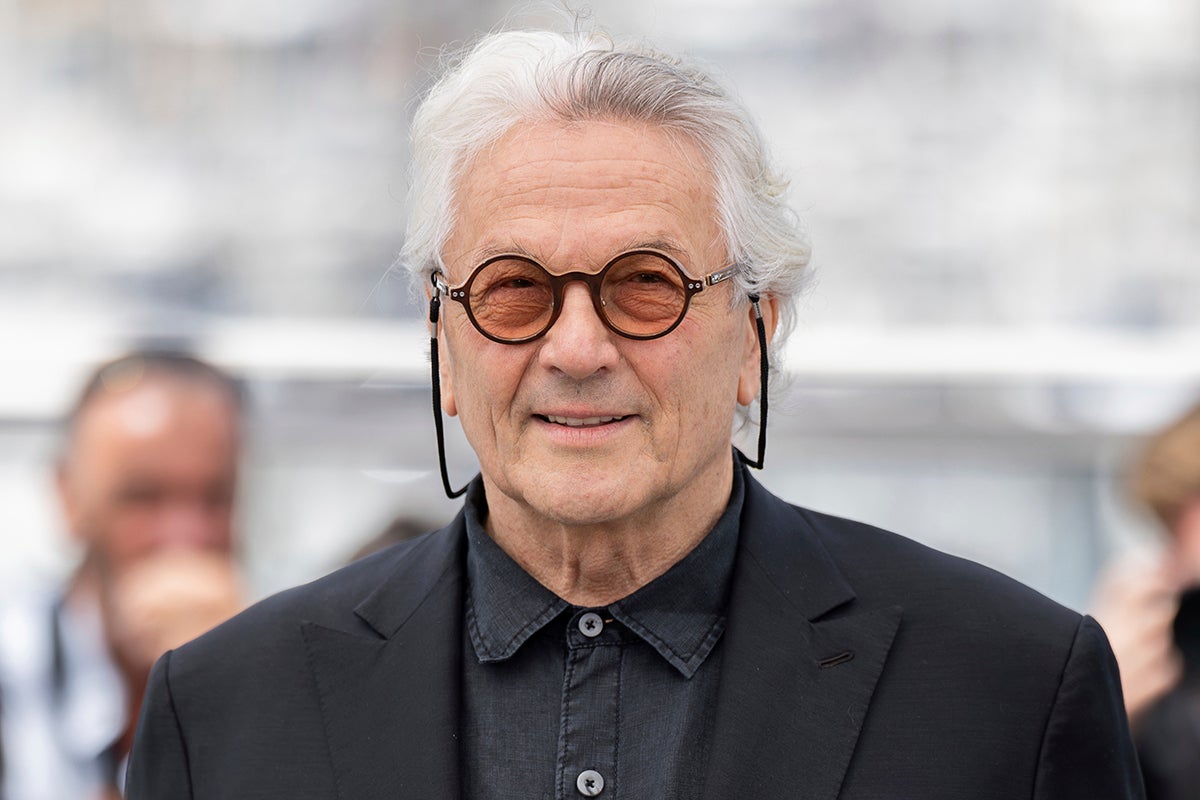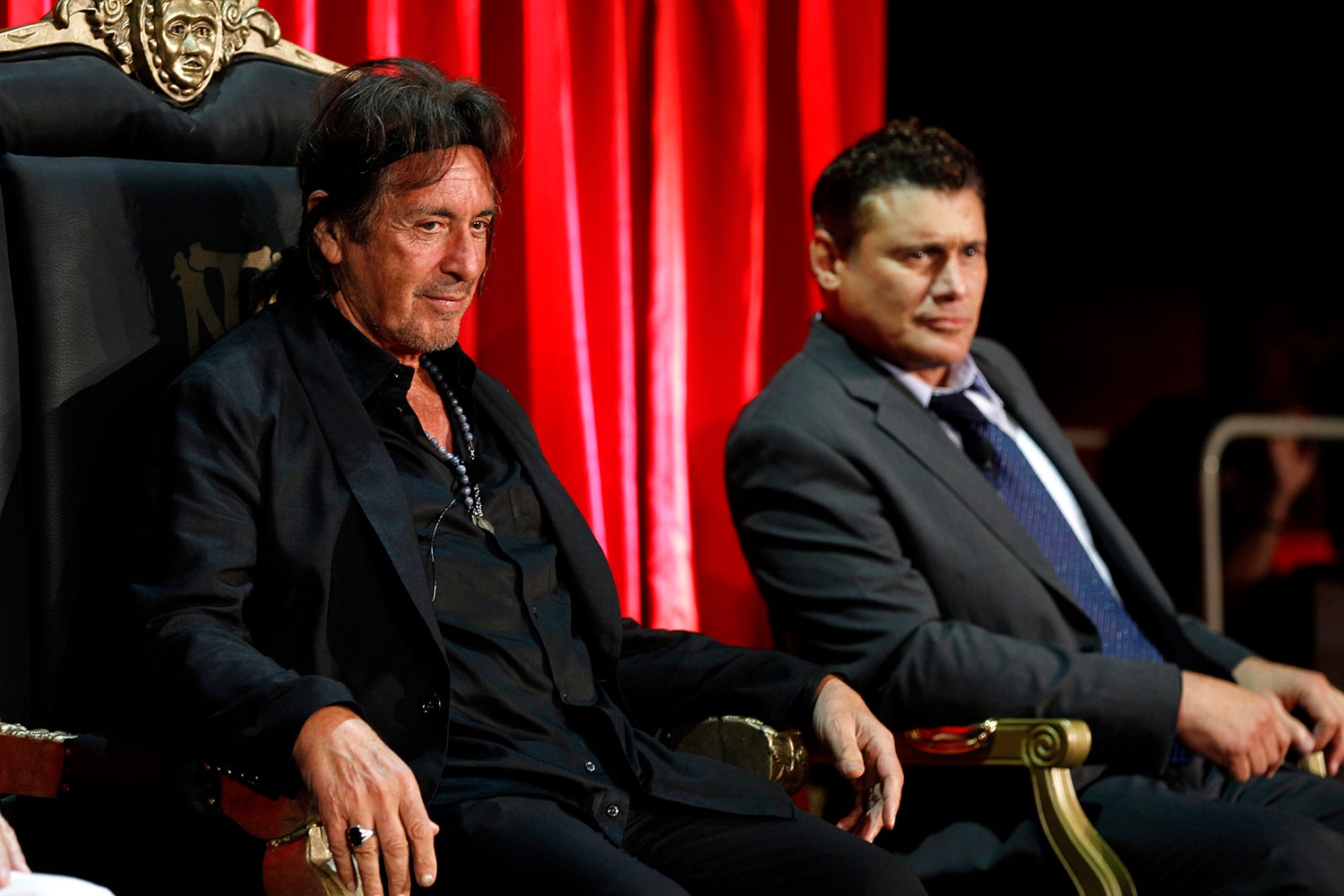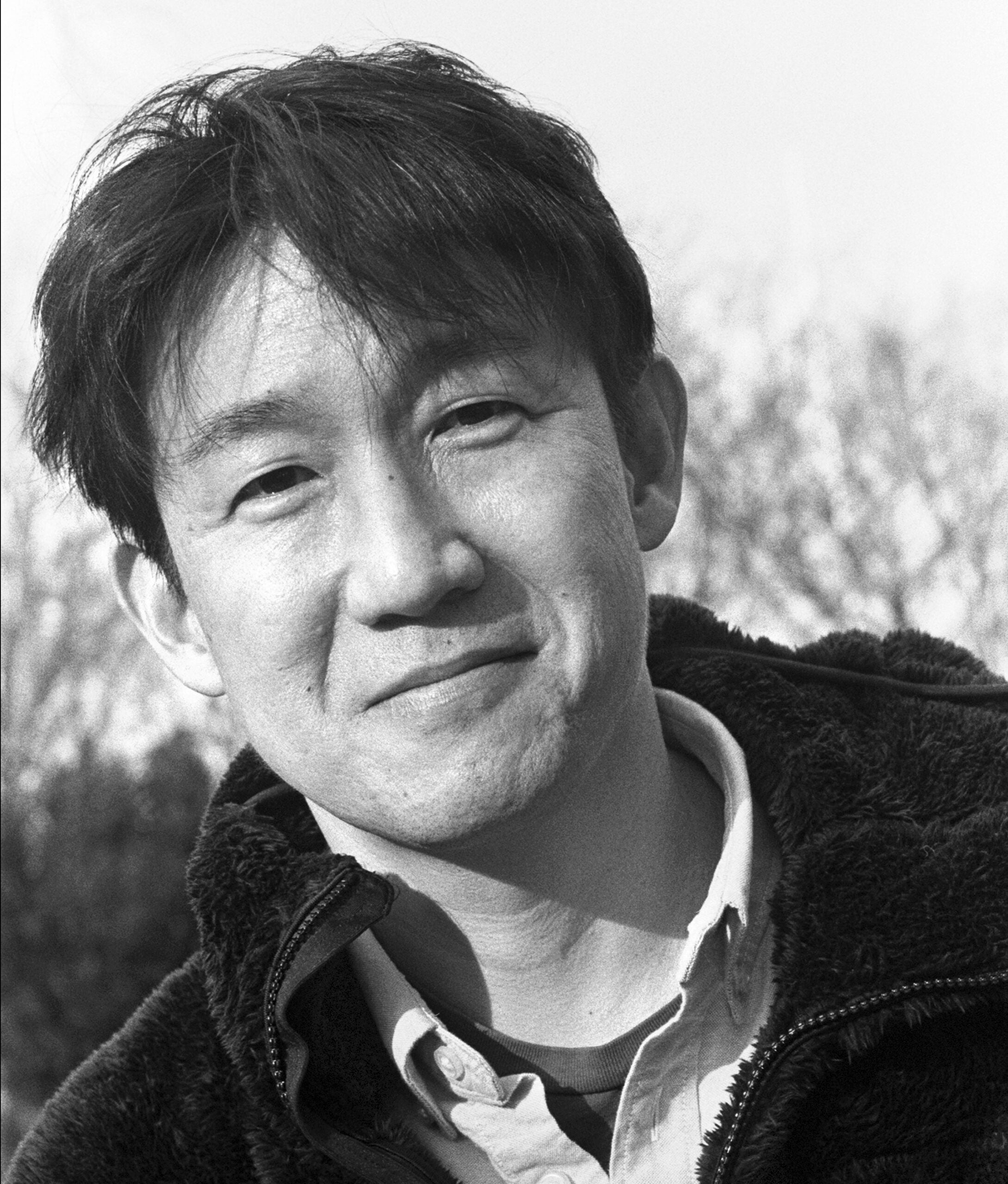When Ian Nathan was young, he wore out a VHS copy of “Mad Max 2: The Road Warrior.” He claims when watching it, he “was knocked sideways by it.”
That movie was known only as “The Road Warrior” in the U.S. because Mad Max was not a known entity here in the states. Now, the Mad Max universe is one of cinema’s most enduring franchises and Nathan is currently one of the U.K.’s most notable film critics and writers.
He’s written about Guillermo del Toro, Ridley Scott and Christopher Nolan. Now, he’s back with a comprehensive look at the creation, production and legacy of the Mad Max franchise with his latest installment, “The Legend of Mad Max: The Complete Saga from Mad Max to Furiosa.”
Stay informed on the latest news
Sign up for WPR’s email newsletter.
Nathan pole cats into the Thunderdome that is WPR’s “BETA” to talk about this high-octane cinematic universe.
This interview has been edited for clarity and brevity.
Doug Gordon: You’ve spoken very highly of the Mad Max cinematic universe. You say that those films are as vital as the works of Charlie Chaplin and Buster Keaton and Miller’s right up there with DeMille, Kurosawa and Spielberg and my fellow Canadian, James Cameron, so that’s high praise indeed.
Ian Nathan: Actually, when you watch the films, and this is intentional from Miller’s point of view, they are almost silent cinema. He always wants to withdraw all the dialogue, all the exposition, and just say, “Well, I want to do it like Keaton does it. I want that kind of pure kinetic force that comes with great filmmaking and the possibility of action filmmaking.”
He went into a film one day, and he came out and he was talking to his friends, and he says, “Why is it when we talk to each other after a movie, we always talk about the best bits? Why can’t you build a film entirely out of the best bits?”
And that’s kind of the origin of “Mad Max,” that he wanted it to be at a pitch of kind of fury and excitement. He called it “visual rock and roll.”
DG: I love that phrase, visual rock and roll. You say that no one else besides George Miller could have made the Mad Max films. So, what is it that he brings to the table that nobody else could?
IN: Fundamentally, these are very Australian films, and that requires an essentially Australian filmmaker.
I think what is wonderful about the Mad Max films is often that strangeness. Yeah, although they’re kind of very cool and very exciting, they’re very strange. It’s a mad world that Miller portrays.
I think it’s a very particular Australian sense of humor in the language. It’s very influenced by Australian car culture of the ‘60s and ‘70s, where there’s a good deal of anarchy literally on the roads of Australia.
Also the landscape of all the films, you know, this kind of great barren desert backdrop is a kind of depiction of Australia. In a sense, the further forward the Mad Max films go in time, the further back it looks, more and more, like the ancient kind of Australia.
DG: I want to follow up on something you just mentioned, car culture. Miller has said that “all Americans have gun culture, and we Aussies have have a car culture.” What does he mean by that? And did it shape the making of the Mad Max movies?
IN: It shaped Mad Max very much. Miller grew up in an isolated, sort of backwater Australian town. And I think a lot of how teens of his generation got their kicks was from putting together these kind of jalopy cars and running them to a level where it was very dangerous.
He said he lost friends in car accidents, and he said that was culturally how you grow up in Australia. And it was a violent culture, and that kind of idea that young nations — in America maybe, too — are still kind of going through a sense of birth pang and finding out who they are. They’re two very similar nations in terms of their relationship with the landscapes that the nations were formed out of.
And you draw back finally onto Miller himself, that he was a doctor. He trained as a doctor, he was an active doctor, and he saw the victims of car accidents on a nightly basis. And in a kind of strange, bleakly ironic way, that drew him when he became a filmmaker to an exploration of violence that would lead to death.
Mad Max films are about death on a fundamental level.
DG: It sounds funny in hindsight, but Miller cast Mel Gibson because he wanted someone unrecognizable and/or cheap. How did Gibson’s portrayal of Max impact the series?
IN: It was a really tough bit of casting. As you say, he had no money, so it wasn’t like they could afford named Australian actors. So, they really were just picking low-hanging fruit in terms of available actors.
They couldn’t find Max. And Gibson just walked in and sat down in front of the camera. They were recording the audition sessions, and Miller said he knew he was mesmerized. The camera just loved him. You look through the lens and he forgot the questions he was going to ask.
He forgot to do the audition properly because he said there’s just a presence in the room that said it was Max. There’s an unknowability to Gibson. There’s something remote about him and he never gives it to you. And that may make him not so good for other kinds of roles, you know, more intimate roles. But for this kind of thing, he was absolutely perfect.
DG: “Mad Max: Fury Road” is far and away the most successful film in the franchise. You say it became the metaphor of its own making. What do you mean by that?
IN: I think it kind of applies to all of them, but especially “Fury Road” in that every one of the Mad Max films was a nightmare to make — they are tremendously hard films to make. They are made in conditions that are grueling.
I think, as most people know now, on “Fury Road” there was tension between the lead two lead actors, Charlize Theron and Tom Hardy. There was tension between the studio and Miller, and I think Miller had trouble with the film in the scale he was shooting and on communicating to people what the film wants.
When he finished shooting, Miller went back to Australia and he brought with him 400 hours of footage. And his wife, Margaret Sixel, is the editor. I genuinely think she’s a genius and, in a sense, almost the co-director of these films. And she just went through it all and it took her three months to sort out just the footage.
Not only was it really hard to make and painful to make and physically dangerous to make, it was also — did they have a film at all? Did they have something they could put together? And it was there, but it took them an awful long time to get to it and find it and sort of shape it.
DG: Do you think we have reached the end of the Mad Max franchise, or will there be more Mad Max movies?
IN: Yeah, it’s now known that “Furiosa” hasn’t done very well at the box office. It hasn’t done as well as “Fury Road.” It kind of failed as a blockbuster. So, I imagine (Warner Bros.) will be less encouraged to go back.
Miller’s now 80. So, has he got another one in him? They are exhausting. And I think he needs a gap before he can go back into the desert again. He needs to kind of decompress after all that work.
It’s a good property, and Miller is a terrific director, so I hope they find a way to come back at it and to redo it, because I want more from it.





